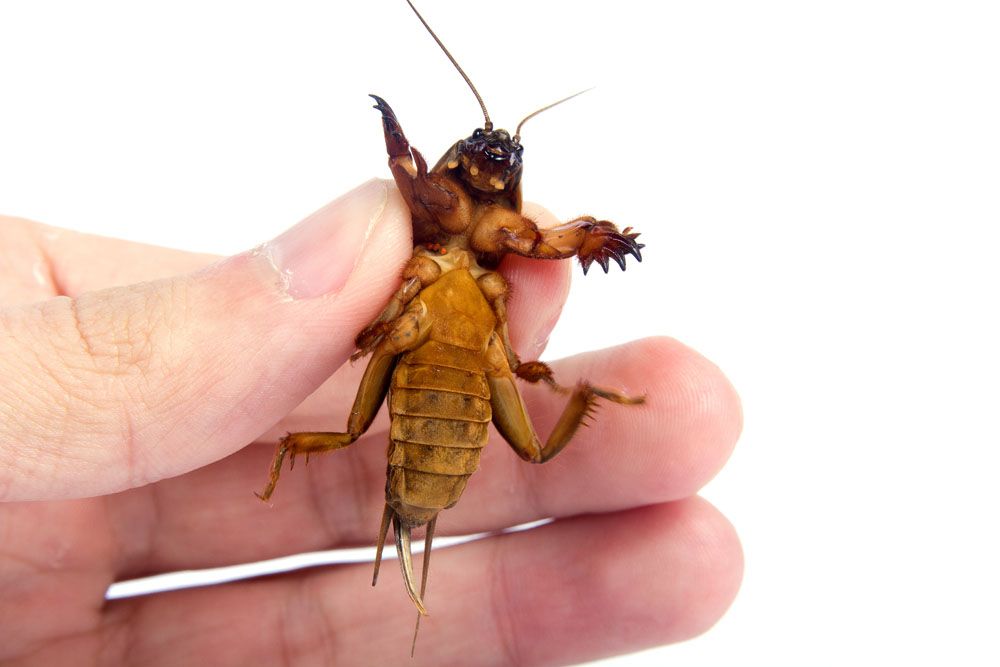
Mole Crickets
Mole Crickets: Causes, Damage, Prevention and Treatments
What are Mole Crickets?
Mole crickets are insects that look like moles. They are found across much of the United States, although they do the most harm to lawns in the southeastern areas. They dig near the surface of the earth and feed on the roots and stems of grass plants. Adult mole crickets are 1-2 inches long with huge beady eyes, spade-like front legs used for digging, and grayish-brown bodies. They are rarely seen since they dwell underground. Mole crickets, unlike other cricket species, are incapable of leaping.
Mole crickets are very destructive subsurface bugs that wreak havoc on grass. Both native and non-native plants wreak havoc on lawns in the United States. Early in the spring, overwintering mole crickets come from the earth to mate and lay eggs, causing serious damage. From spring until summer, newly hatched nymphs go through many phases, getting bigger and more harmful as they age. Mole cricket damage is frequently overlooked until late summer when the dead and withering grass shows their work.
Signs and Symptoms to Look Out for Mole Crickets
- Mole crickets feed at night and can tunnel up to 20 feet. Here are some things to watch for:
- On the soil surface, you may notice tiny mounds of dirt.
- Because of grass separation from the earth, your lawn may feel spongy when you walk on it.
- In locations where mole crickets have routed, grass will ultimately turn brown and wilt.
Damages Caused by Mole Crickets
Mole crickets wreak havoc on turf grasses and other plants by burrowing just beneath the soil surface, disturbing and destroying roots. The mole cricket feeds on roots and the basal portion of stems. Young plants may wilt and die as a result of the destruction of seedlings. Their defense tunnel pushes up grass and dirt, like mole tunnels through gardens and lawns. The most of destruction in southern lawns happens during the summer when turfgrasses are at their most vigorous. Damaged grasses become brown and die by late summer.
Prevention and Control
Successful mole cricket prevention necessitates monitoring your lawn for young adults in the spring and cleaning grass proactively. Timely treatments destroy existing adults and reach freshly born nymphs in lawn and garden areas while they are still tiny and close to the surface. Because turfgrass damage is minimal between June and July, and the mole crickets are still young and tiny, it is preferable to treat the lawn with pesticides for mole crickets during these months.
Before starting any action plan, it is necessary to identify whether there is a mole cricket infestation. Simple soap water can help establish the presence of mole crickets. Soak the concerned area in 1 gallon of water with one spoonful of liquid dishwashing soap. As the soapy water seeps, adults and nymphs of mole crickets will come to the top surface of the ground. The effective management of mole crickets is dependent on timely control measures and a healthy garden. Mow the lawn at the proper height for the grass species and water according to the requirements.
